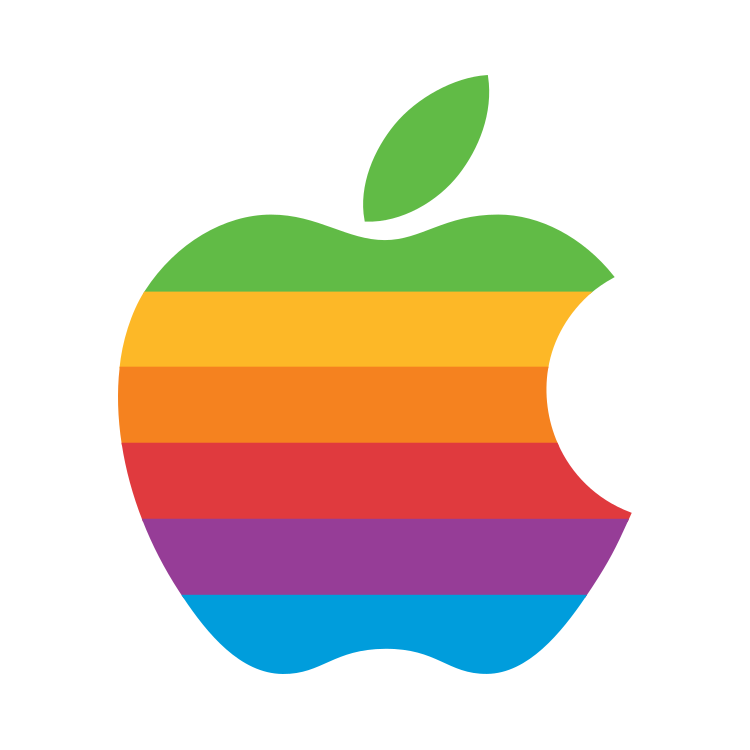

I think Apple is very keen to ensure that you’re able to tell when someone’s wearing an Apple Watch, and they’re happy with the general silhouette of the watch as a result.
Personally my guess is there will be a redesign of some kind next year, but I think the folks who are holding out for it or excited about it will be disappointed by how Apple Watch-y it remains. Think less iPhone 8->iPhone X, more iPhone 14->iPhone 15. And that will include the Watch remaining square and, subsequently, probably the bands staying cross-compatible(barring some other reason to change the design I’d be unaware of, like saving on internal space or something).
It has a bigger battery but it mostly evens out due to the larger screen.